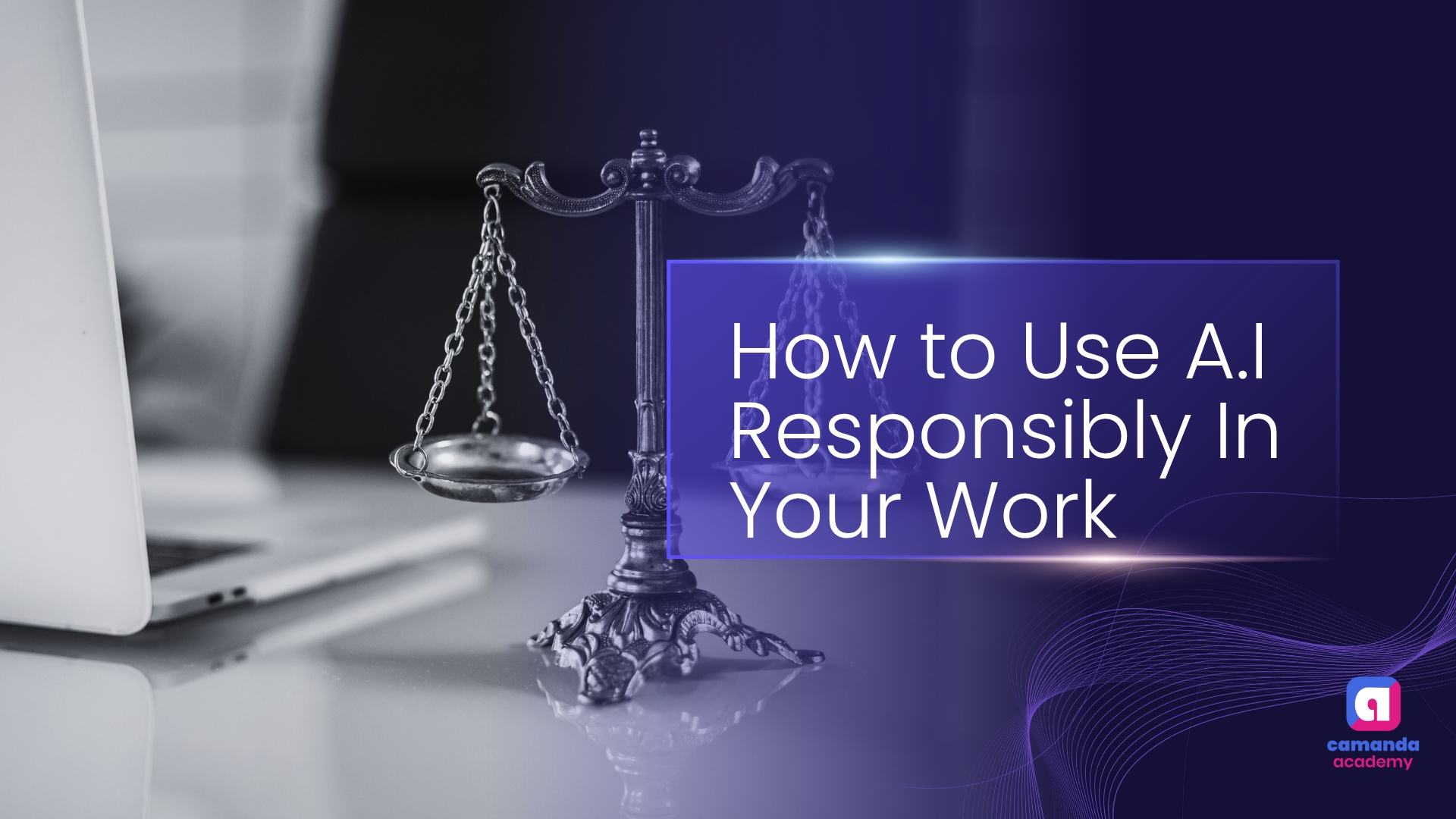
How TO Use A.I Responsibly In Your Work.
Understanding the Limits of AI
AI tools are powerful, but they’re not perfect. You must be aware of what AI can and cannot do in a work setting:
- AI does not always give accurate information. it can “hallucinate” or make things up.
- It lacks emotional intelligence and human context.
- It depends entirely on the prompt you give and may miss the mark if instructions are vague.
- AI is not legally responsible, you are.
- Always review AI-generated content before using it in any professional output.
Data Privacy and Confidentiality
In the workplace, you often handle sensitive information. Misusing AI here can lead to legal and ethical violations.
- Never paste confidential client or employee data into public AI tools like ChatGPT.
- Check if your company has AI usage policies; some restrict or ban generative AI entirely.
- If you must use AI, anonymize data and avoid including anything traceable.
- Tools like Microsoft Copilot (built into Excel, Word, etc.) are safer for workplace AI use since they operate within your company’s secured environment.
- Treat AI like email, what you put in could end up anywhere.
Avoiding Plagiarism and Misinformation
It’s easy to copy AI-generated text into emails, reports, or presentations but:
- You should fact-check any data or claims AI gives.
- Use AI as a guide, not the final answer.
- When using AI to write proposals, blogs, or reports, add your own voice, insight, and company context.
- In creative work (like branding or writing), AI should support originality, not replace it.
- Using AI responsibly protects your professional credibility.
Promoting Fairness and Inclusion
AI models learn from human data and that data can include biases. This means AI can unintentionally:
- Stereotype or exclude certain groups.
- Show preference based on race, gender, or other characteristics.
- Give skewed results in hiring, marketing, or performance analysis.
To use AI responsibly:
- Review AI outputs critically, especially when they relate to people.
- Use diverse prompts to test fairness.
- Be conscious of how your AI use affects others; will it make things easier or reinforce a bias?
Ethical AI use reflects ethical human thinking.